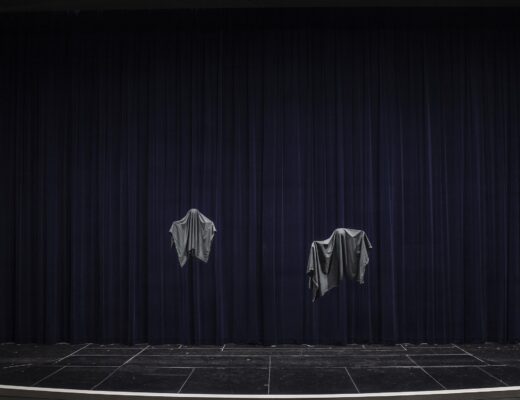I’ve been a movement coach for a few years now and an actor for even longer, so it’s probably safe to say I’ve picked up some knowledge along the way. Learned a few lessons, maybe 🙂
There’s always something that can fall between the cracks when preparing for a role, no matter how small.
Many times I’ve seen what falls through the cracks is movement work itself. Which, well, I won’t get into how much that bugs me in this post, but you probably can guess some of my feelings on it, being a movement coach and all.
There’s a lot that goes into creating a character, and movement needs to be a part of that. Even if it’s the simple acknowledgment that there isn’t much to tweak this time.
So, that being said, below, I’d say are three invaluable lessons I’ve learned, gathered over time. A few things to ponder as you approach a new role with the framework of character movement work.
Sustainability of movement
I once worked on a production of the Elephant Man back in college, and the actor playing Merrick (the elephant man), didn’t have the aid of prosthetics.
If you’re not familiar with Joseph Merrick’s story, it’s beautifully tragic, as he suffered from what is often speculated as Elephantiasis, though still unknown. He got his name The Elephant Man, having worked in a freak show in Victorian London in the late 19th century.
For the production I worked on, everything that the actor did to contort and control his body was completely of his own movement work, and it was stunning to watch his every performance.
Stunning but exhausting.
When working out and discovering a character who has a physicality so different from your own, it presents excitement and potential dread at the challenge.
So, even for the more subtle movement choices, you need to test out that it’s sustainable. Make sure they don’t wear and tear on your body, especially if you’re expected to be in this role for long periods at a time. You know your body and what it’s capable of best.
Caught in ‘research’ mode
This is something I’m SUPER guilty of more often than I’d care to admit. I tend to mull things over and constantly search for more expert thoughts. Sometimes it’s realistic. Other times, it’s unintended stalling.
It can get in the way of taking action. And action is movement. Unless the movement is a lack of movement, but you get what I mean.
Don’t get me wrong. Research is REALLY important. Especially if you’re working on a character from a different time or were a real person and have access to video footage.
You could read books and watch performances/footage all you like, but you don’t know how your body will react unless you try it out for yourself.
No joke, I had multiple teachers tell me to put the script down, that I knew the character, trust my body, and just move when I was starting out. After a while, it finally hit.
Lesson learned!
So, get up and get moving 🙂
The answer isn’t always extreme
Gestures can be subtle. Movement can be minute. You can say a great deal with subtlty and stillness.
As Morgan Freeman has said, “It’s what I learn from the great actors that I work with. Stillness. That’s all and that’s the hardest thing.”
I dunno, this idea of movement always having to be this big grand thing is kind of a pet peeve of mine I suppose. Especially having started out in theatre, as a kid, there was an expectation to be big, to take up physical space with how I moved.
The bigger the better, right?
But not all acting is melodrama.
It’s not all German expressionism.
And it’s certainly not all children’s theatre.
Subtle ways of changing movement are often more impactful than grandiose over the top shifts.
Even mime can be subtle.
Trust the audience to pick up on things, to read your movements. (Unless you’re in a big space, then of course, adjust accordingly for the back row.)
And yes, balance is key, and great grand movements aren’t off the table. I just have seen too many actors focus solely on the grandiose that they forget the other side of the spectrum more times than I can count.
Moving parts
There are so many moving parts you have to think about when approaching a new character.
How they think, move, their voice, likes and dislikes, relationships. I mean, they are complete human beings, are they not? (Unless they’re not in which case, wooo for playing non-human characters! They’re always so much more fun. 🙂 OR boo-hiss bad script no biscuit.)
But really, humans are complicated.
How they move doesn’t have to be, (but sometimes it’s fun when it is).
And there you have it! A few lessons I’ve learned about character movement work to you.
So, how are you going to approach your next role?




